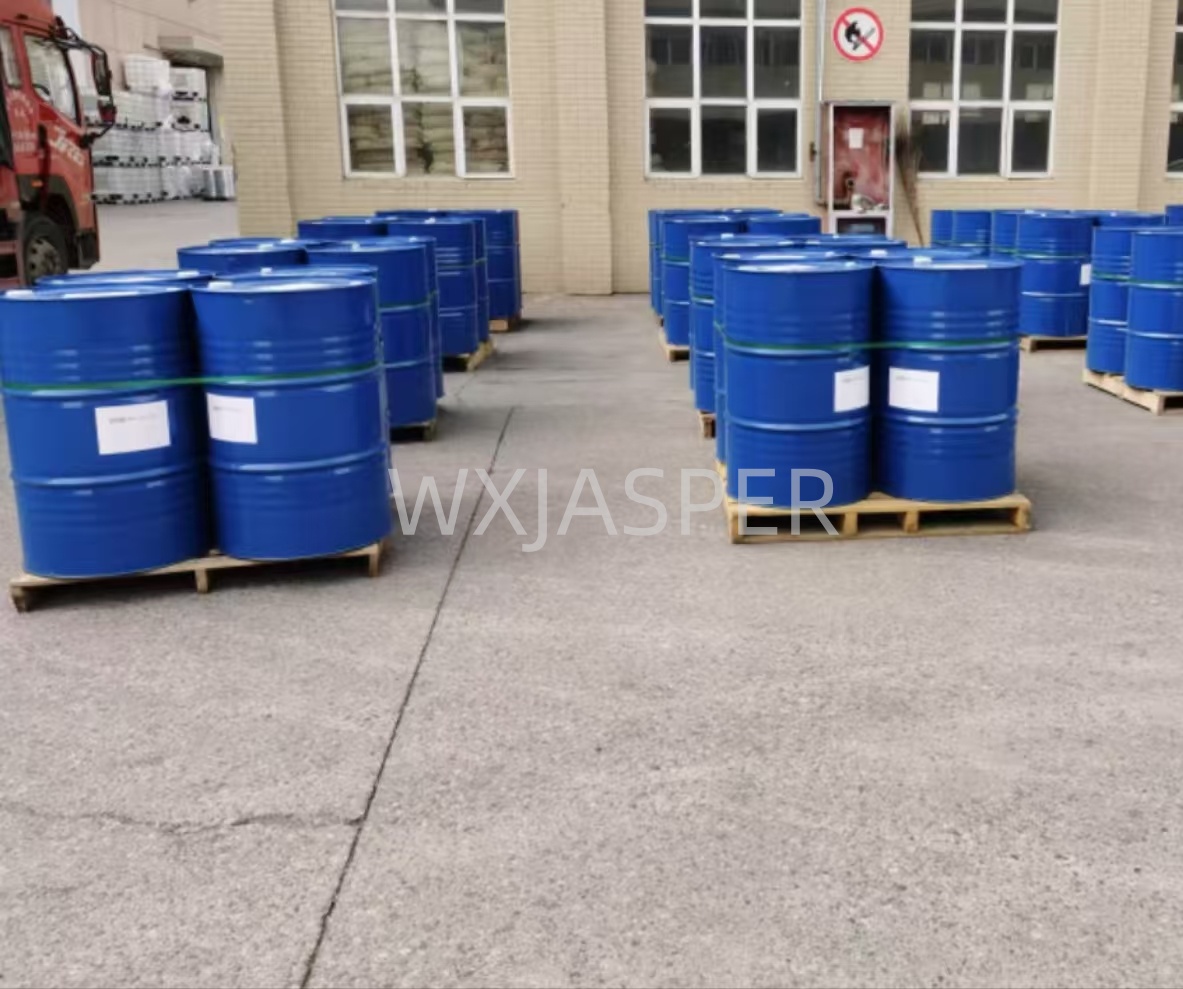Your Location:Home > Products > Solvents > Diethylamine



CasNo: 109-89-7
MF: C4H11N
Appearance: liquid
Delivery Time: 15 days
Packing: 200kg/drum
Purity: 99%
Typical industrial-grade Diethylamine follows national and internal quality standards, with the following key specifications (taking premium grade products as an example):
| Quality Indicator | National Premium Grade Standard | Internal Control Standard | Description |
|---|---|---|---|
| Diethylamine Content | ≥99.5% | ≥99.7% | Core active component; higher purity ensures stability in downstream reactions. |
| Ethylamine (Monoethylamine) Content | ≤0.05% | ≤0.05% | Primary amine impurity; excessive levels may reduce the selectivity of pharmaceutical/pesticide synthesis. |
| Triethylamine Content | ≤0.1% | ≤0.1% | Tertiary amine impurity; affects the yield of target products in fine chemical applications. |
| Ethanol Content | ≤0.1% | ≤0.1% | Residual solvent from raw materials; high content may cause side reactions in organic synthesis. |
| Water Content | ≤0.1% | ≤0.1% | Controls moisture to prevent hydrolysis of amine groups or corrosion of metal equipment. |
| Unknown Impurities | Not specified | ≤0.1% | Strictly limits unidentifiable trace impurities for high-end application scenarios (e.g., pharmaceutical intermediates). |
| Color (APHA) | ≤15 | ≤15 | Measures liquid clarity; lower values indicate fewer organic impurities (e.g., oxidized by-products). |